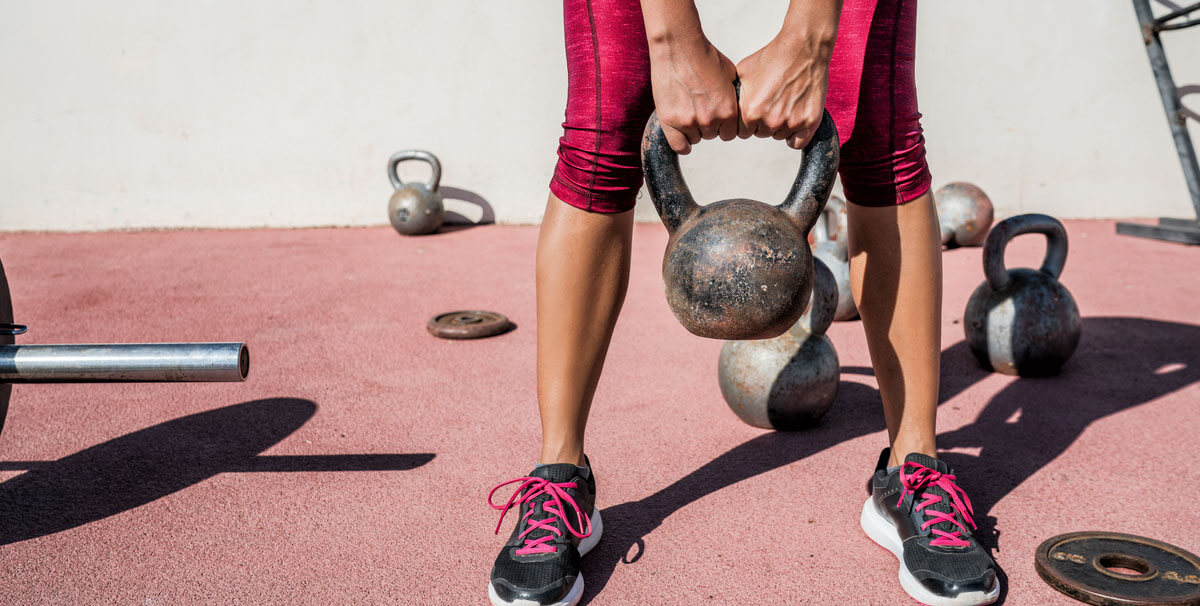To protect your outdoor gym equipment from rust and UV damage, make sure that it never meets the surface of any metal. Storage in a shed or covered with tarps will do this job for you! Proper maintenance can go even further by using protective products and paint for the best results.
Outdoor gyms are a great way to get some exercise and enjoy the fresh air. However, they can be hard to maintain if you don’t protect them from the sun and rain.
In this blog post, we will discuss how to protect outdoor gym equipment so that it lasts longer and does not rust or fade!
Outdoor gym equipment hazards
Outdoor gyms are essential to many people, but it turns out that their safety is also something worth considering.
We’ve got the bad guys (pretty obvious), and then there’s nature itself which can be an occasional threat too – though luckily for us, most of these risks only come at certain times during the year when weather conditions are at their worst.
Let me walk you through some things we should protect our outdoor home gym from:
- Bad Guys
- Inclement weather
- Sunlight / UV light
- Trees & Animals
Choosing equipment for an outdoor gym
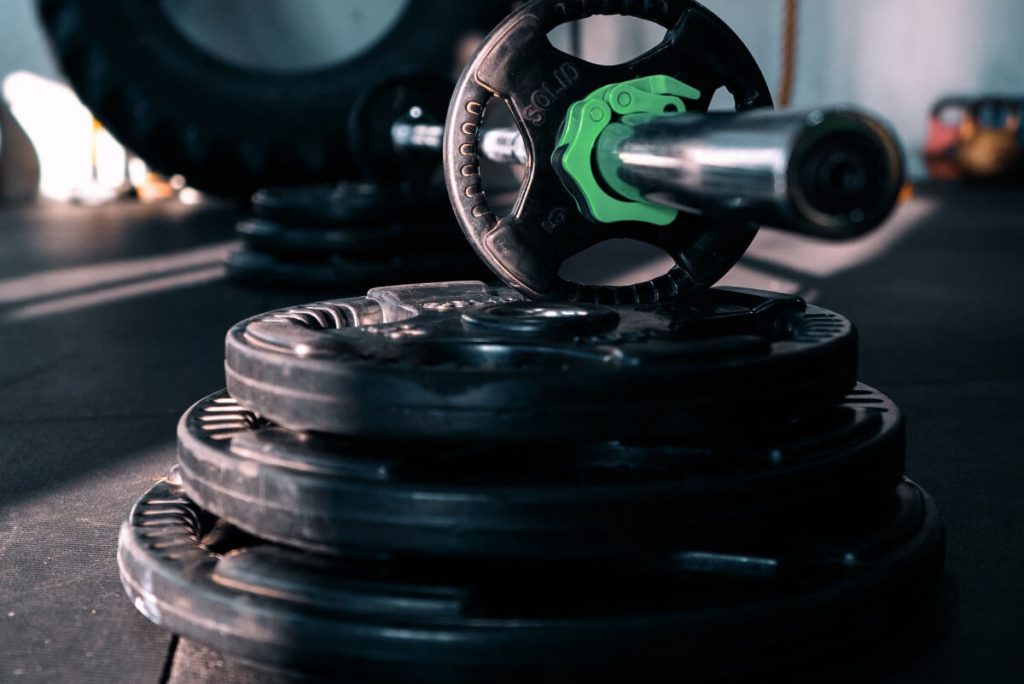
You can protect your equipment by investing in outdoor-friendly gear. The best of these items are those designed with UV resistance and corrosion protection from the beginning, so you know they will last longer than other types of products on the market today!
The top priority for outdoor equipment is to protect against ultraviolet rays or UV. The sun’s UV rays are more robust in the summer months and do damage to almost everything they come in contact with.
The best products are made from durable materials to handle everyday wear and tear but offer better protection beyond what traditional materials can.
The next priority is to choose items that resist corrosion. The longer an item stays rust-free, the better care it will receive and the more effective it will be in your outdoor gym.
Items made from stainless steel and aluminum are much less prone to rust quickly than those made of Black Oxide or Bare Steel, so although they may cost a little more upfront, they will last you longer and require less upkeep.
Investing in an equipment-specific storage shed that secures it from the elements is another way to ensure that your equipment stays protected for a long time.
When it comes to weightlifting, you’ll want the best of everything. Here is some essential equipment for your arsenal that will help:
- Power rack
- Weight Bench
- Barbell
- Weight plates
- Dumbbells and Kettlebells
- Weight Machines and Cardio Equipment
Seal gaps
Most outdoor equipment that includes metal has gaps where water can seep in. Keeping these sealed will help prevent rust and other damage to the metal, so when you’re not using your home gym, cover any exposed surfaces with a tarp to secure them.
If water has already damaged your equipment, you may be able to remove it with muriatic acid. However, you should wear protective gear when handling this substance.
To prevent the problems that come from letting rain damage your outdoor exercise equipment, take a few moments once in a while to check for gaps and seal them.
Don’t wait until your equipment stops working, though. If you want to make sure that you’ll maintain a wide variety of outdoor exercise equipment at full capacity for years to come, seal any gaps in the metal parts.
Protect it with a roof
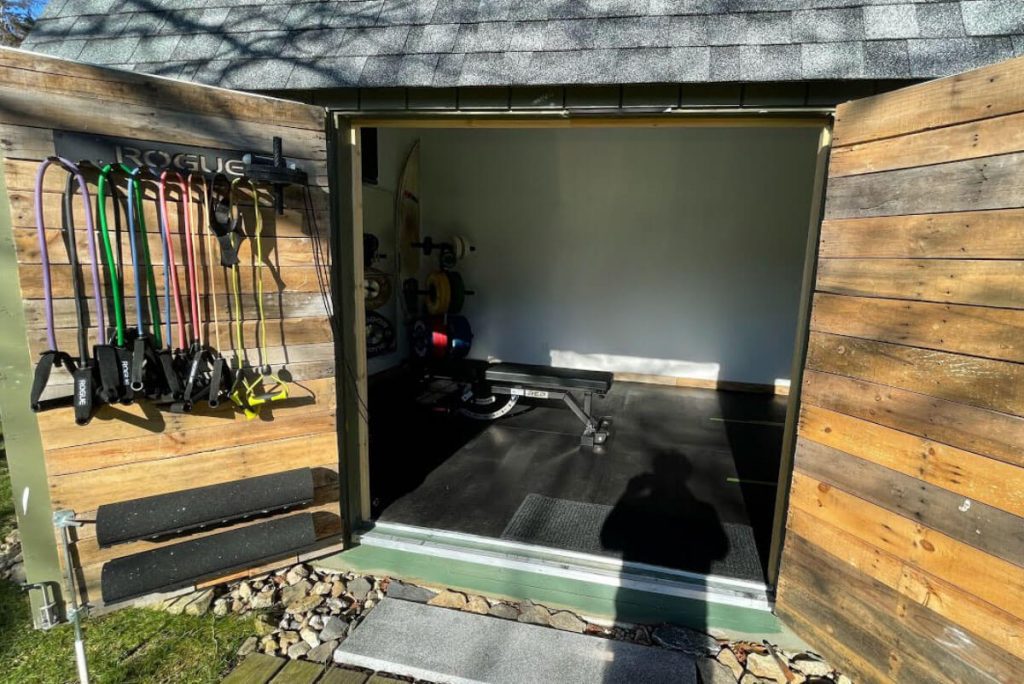
If you have any exercise equipment used outdoors, make sure it has a roof. If not secured, the sun and rain will cause rapid deterioration on everything from Power racks to iron weights. Installing a roof can resolve this problem for you.
A roof can also discourage unwanted attention, and some people think it’s cool to use your stuff without permission. A roof will help reduce the possibility.
The type of roof you choose will determine how much protection or strength it offers. Make sure it gets installed properly, with nails and screws that are safe for use with your equipment.
Some metals can cause rust, something most people don’t want on their hands or feet when trying to work out. If you don’t like working out in the rain, then cover that roof up. Make sure it’s nice and tight so water won’t drip through cracks onto your equipment below.
Cover
Covering your equipment when you’re not using them is essential to maintain its lifespan, and it protects the equipment from undesired conditions such as rain or intense sun.
Your equipment will need a covered area if exposed to harsh weather conditions such as intense heat, cold, and water. They can be temporary or permanent.
Temporary covers can be removed and placed back whenever desired, while permanent covers must stay on the equipment as long as it’s placed in the area where they’ll cover them.
There are many different styles if you want to cover your equipment with a tent-like structure. But if you choose this option, consider that water will quickly accumulate on the cover if it’s placed in an area without good drainage.
To prevent this from happening, you must have a roof or have water runoff from the edges of the cover.
You also want to make sure that you select a material with high UV protection so your equipment won’t get damaged by sunlight.
Maintenance
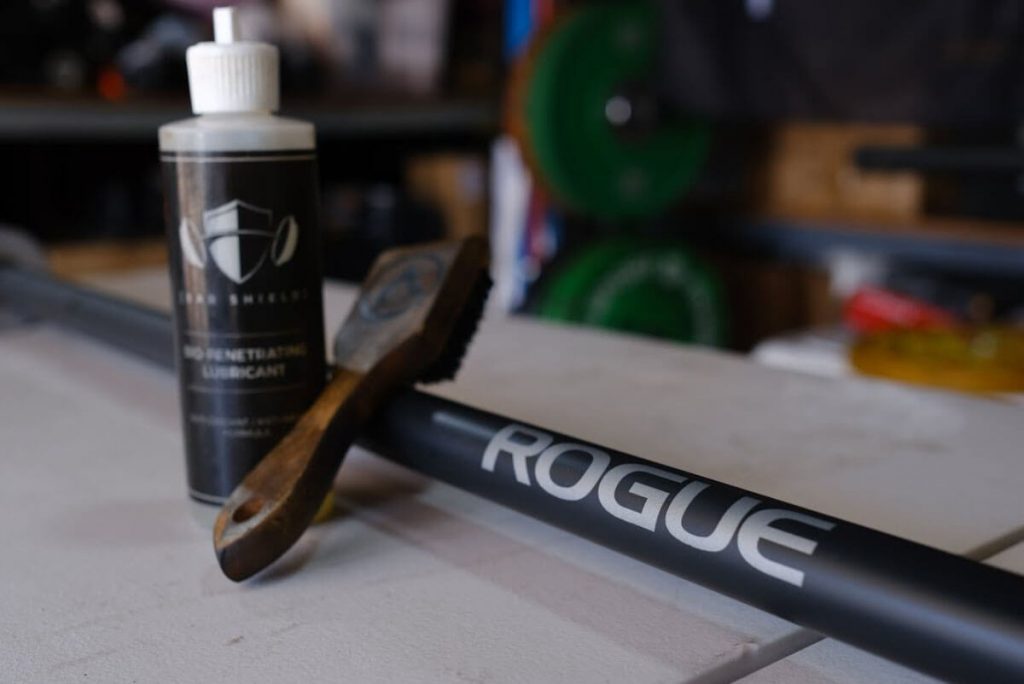
After you’ve taken all the precautions to secure your outdoor gym equipment, it’s essential to keep everything working fluently so there won’t be any damage on your part.
Lubricate the moving parts of the weight machines if they don’t perform as smoothly as they used to.
Don’t lubricate anything while the equipment is wet, as it can cause rust. Instead, wipe down all the equipment and dry off the area before lubricating the parts that need to be fixed.
Keep in mind that lubricating the equipment will not repair any damage. If you want your outdoor gym to work like new equipment, you’ll have to either replace or repair them instead of relying on lubricants.
If you notice a movement with one of the parts, try getting someone’s help if possible so they can fix it for you. If you’re the type that likes to fix things yourself, then get a manual or instructions on how to take apart and put together equipment if necessary.
UV protection
Protect your outdoor gym equipment from harsh weather and sun exposure using a UV protection cover.
These covers are generally recommended for areas with high exposure to sunlight, which is how they get their strong UV protection properties.
If you want to use the equipment when it’s raining or too hot, then a roof can also secure your stuff and keep you cool while working out.
UV protection products must be placed on every piece of equipment so ultraviolet rays won’t damage them.
If you want to secure your equipment from the sun, make sure to choose a material with high UV protection and one that won’t be easily broken by water and other elements.
If your outdoor gym is used in a place where it’ll be exposed to sunlight for most of the day, then choose a product that can resist up to 50 percent of water.
Preventing Rust
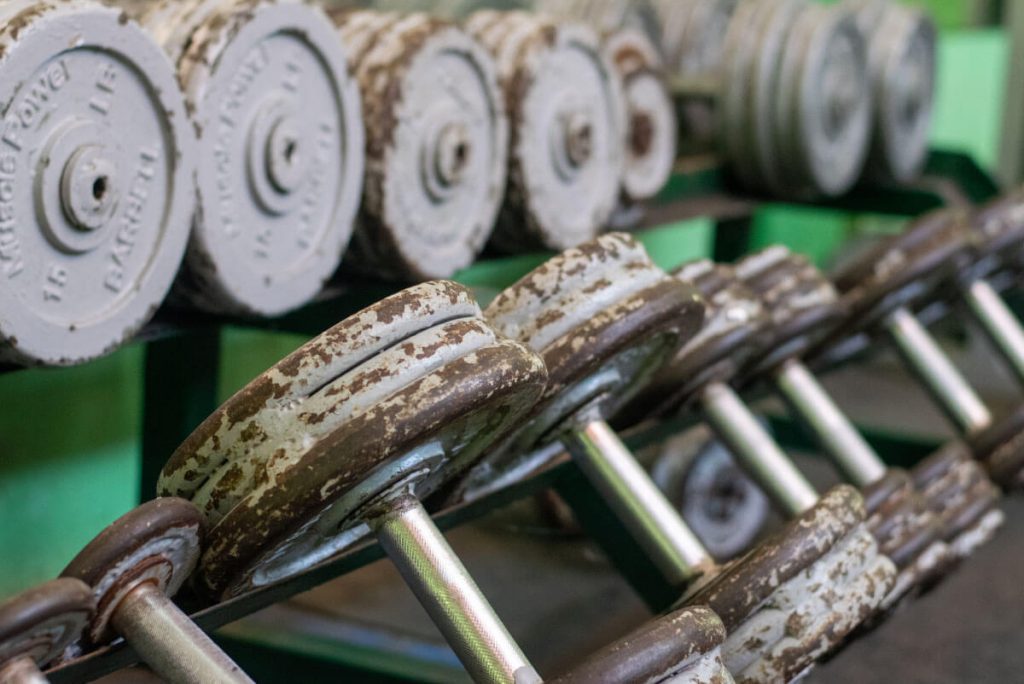
The metal that makes up most gym equipment is specifically designed for rust. It’s a metal resistant to breaking down in the water, so it doesn’t need special treatment.
But when the equipment gets wet, it may begin to corrode or rust if it’s not taken care of.
To get rid of any rust, get a product that can act as protection, so the metal doesn’t face any corrosion.
There are many different products available for this purpose. For example, you can use paint or cover it with other materials to secure it from the elements.
Sometimes, rust will come out from underneath things, which means it’ll be more challenging to identify.
If you don’t want that to happen, then use a spray sealant or lacquer to cover any surface your equipment may come in contact with.
You might also consider using a rust inhibitor as it can stop corrosion from occurring. It’s recommended to use.
- FDC Rust Converter Ultra: Best Brush-on Rust Converter
- Evapo-Rust Super Safe Rust Remover: Best Rust Remover
- POR-15 45404 Rust Preventive Coating: Best Brush-On Rust Preventative
- Rust-Oleum Rust Reformer Spray: Best Budget Rust Reformer/Converter
- Fluid Film: Best Undercarriage Coating
Storage
Storing your outdoor gym equipment can be a challenging and time-consuming task because different pieces of equipment will need to be stored in different ways, depending on the material they are made from and how much space they take up when not in use. For example, if you have an
- Weight Bench
- Power Rack
- Barbells
- Dumbbells
You will need to find a place to store all of this equipment safely so that it does not become damaged or start to rust.
One way to do this is by using a storage shed or garage. If you do not have either of these, then you can also use a tarp or build a cover to protect your equipment from the elements when it is not in use.
In the backyard
If you don’t want to store your equipment inside, consider investing in outdoor storage.
These specially designed products come with specific compartments for storing all different types of equipment safely and securely, without taking up too much room.
You can also get a solution that will house all of your weights and equipment, making it a lot easier to store and transport them.
Some storage solutions come with wheels so you can move the equipment from one place to another if needed. This makes it easy to switch locations or take things inside for cleaning or maintenance.
Before purchasing something like this, make sure that your equipment fits into the storage solution you choose, as this may affect your buying decision.
Select an ideal location
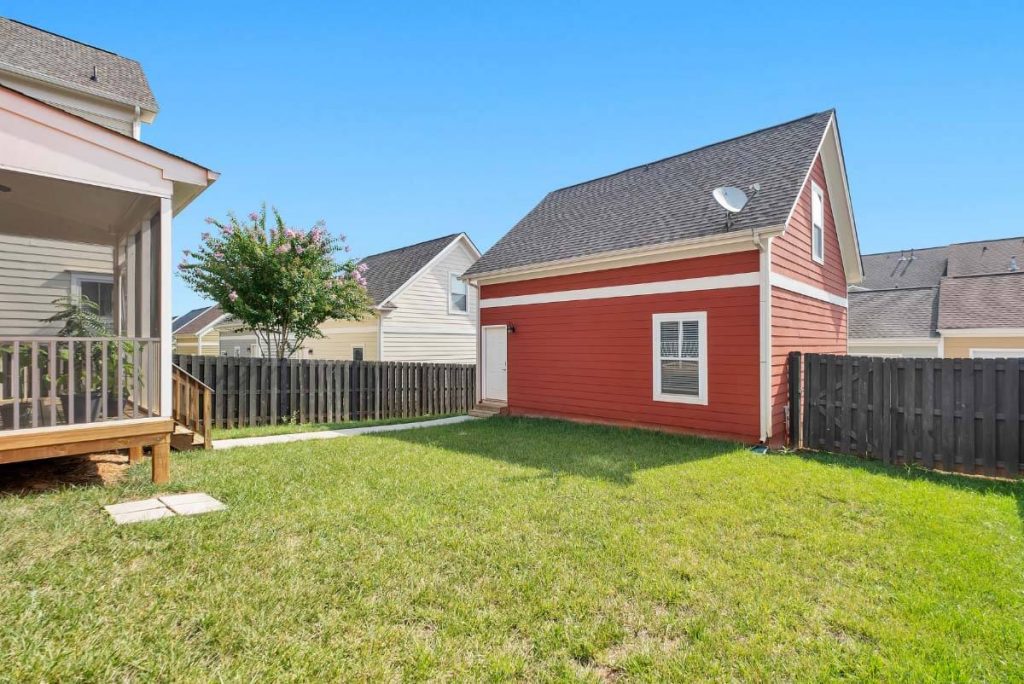
When picking the right location for your outdoor gym equipment, you want to consider all your options carefully.
Remember that you will be spending most of your time exercising or training, so you must get everything situated ideally.
Shade and sun exposure are two things you need to think about before picking a spot. If you choose one shaded all the time, that’s great because it will give your outdoor equipment longevity and durability.
However, it would help to consider what effect harsh weather conditions can have on your workout area, especially during summer when high temperatures are outside.
If possible, find an area where some trees or structures can provide shade. This protects your equipment from the sun and helps to provide some comfort if you are training during hot times of the day.
You can still have access to a sunny area for outdoor activities if necessary, though, so don’t let this factor limit your options.
Proper lighting at night
When it comes to working out in the evening, you need to see your surroundings.
It’s not safe to work out when it’s dark outside because there may be something that you can trip over or hurt yourself on.
This is why good lighting at night is vital for your outdoor gym equipment. Having a light in the area where you work out is a good idea because it will make the equipment stand out and be more visible.
It would be best to consider getting lights around your outdoor gym because this will help keep all surrounding areas illuminated and the equipment itself.
This ensures that everyone can see what’s happening, especially if other people are training nearby.
Flooring
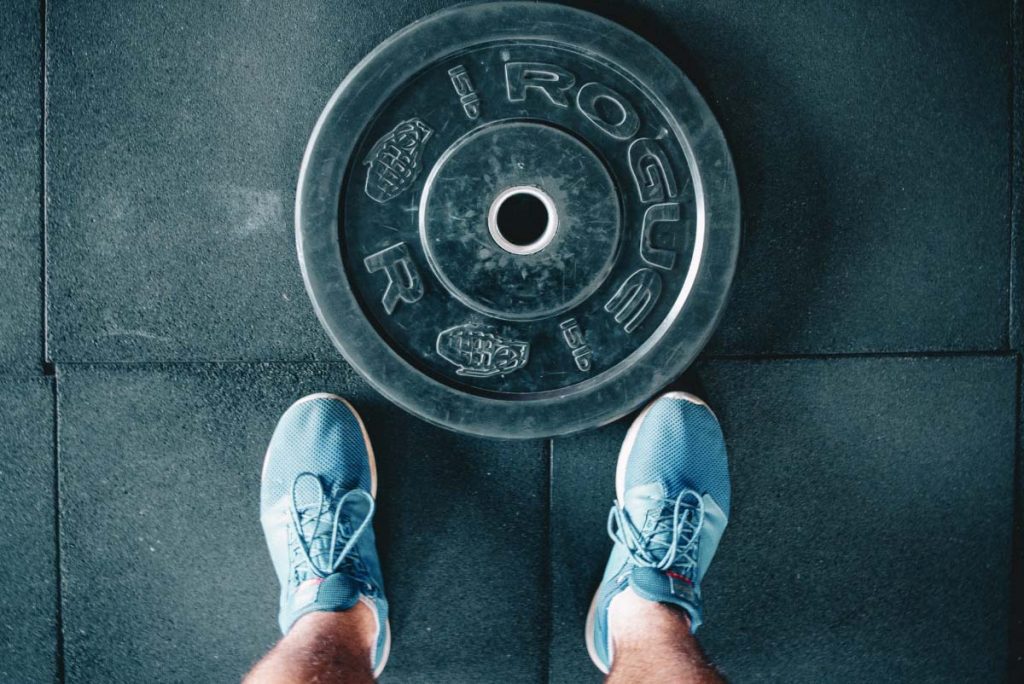
If you have a stand-alone unit, such as an outdoor pull-up bar affixed to a tree or something similar, you will need to consider the surface area.
For example, if it’s attached to concrete or another hard surface, you can stick with products designed for this purpose.
However, if it’s going in an area that is soft or rocky, then there are mats you can buy that will fit underneath your equipment.
If possible, place a mat or two directly under the stand-alone unit, so it’s raised off the ground.
This will help secure the flooring from damage and make your gym equipment last longer.
FAQ’s
Why does sweat make my equipment rust?
Sweat contains salt and other minerals that can cause rust on home gym equipment, especially when stored outside.
This is why you should take the time to clean your equipment thoroughly after each use and then allow it to dry before putting it away.
Final Thoughts
To protect your outdoor gym equipment from rust and UV damage, make sure that it never meets the surface of any metal.
Storage in a shed or covered with tarps will do this job for you! Proper maintenance can go even further by using protective products and paint for the best results.
The more effort you put into protecting your investment today, the longer it’ll last – so don’t forget to keep up on these simple steps!
